The TikTok ban hit online marketers like a bolt from the blue. Imagine one day you’re cruising along, building a super-engaged community on TikTok, and then—bam—it’s gone.
Businesses that were thriving by looping their catchy content into endless TikToks suddenly found themselves in a bind. It’s like when you rely on a bicycle for transport and it just vanishes one day.
Why the fuss, you ask?
Well, TikTok had turned into a powerhouse for brand promotions, influencer marketing, you name it. But when the ban rolled out, businesses that relied solely on this platform were left scrambling.
Those who didn’t have their eggs spread across multiple baskets? They felt the sting the most.
This situation perfectly illustrates why we need to talk about diversification. Depending on just one platform is risky business. It’s like balancing an entire Jenga tower on one block—sooner or later, it’s gonna tumble.
Diversifying your traffic sources can be your safety net, preventing such shocking scenarios from sending your business into a tailspin.
So here’s the thing: In this article, I’m gonna guide you through why diversification matters in the digital marketing landscape.
It’s not just a preventative measure; it’s a strategy for growth and sustainability too.
We’ll look at some real-world examples, discuss practical strategies, and explore resources like my number one recommended online training platform that can equip you with the necessary skills.
Let’s get into making your business future-proof.
FREE 4-STEP “CHEAT SHEET” :
Want To Build a PROFITABLE Online Business(but don’t know where to start?)
The TikTok Ban: A Wake-Up Call for Online Entrepreneurs
Remember the day TikTok went dark?
On January 19, 2025, TikTok became inaccessible to U.S. users after a federal ban took effect, following a Supreme Court decision upholding the law that required its Chinese parent company, ByteDance, to divest its U.S. operations by January 19.
In response, President-elect Donald Trump announced his intention to issue an executive order on his first day in office to extend the deadline, allowing time to negotiate a deal to keep TikTok operational in the U.S.
Following this announcement, TikTok began restoring service to U.S. users. This situation highlights the ongoing debates over technology, social media, and national security, as well as the evolving relationship between tech companies and government policies.
It was like the rug got pulled out from under many online businesses. For tons of brands and creators, TikTok was a goldmine for connecting with audiences.
Suddenly, the platform was no longer accessible, leaving many scrambling to pick up the pieces. This wasn’t just a glitch—this was a hard stop that sent shockwaves through the online business world.
Businesses heavily reliant on the app were forced to rethink their game plans overnight.
Look at the numbers and stories: Influencers with followers in the millions saw their revenue streams vanish. Companies that had long lists of vibrant TikTok campaigns lined up were left staring at blank screens, wondering where to turn next.
Here’s the kicker: No platform is immune from such shake-ups.
Rules can change, executives can face shifting priorities, and entire markets can be upended. For businesses standing on the precipice of these platforms, the lesson is clear—building a dependency on any single platform can leave you vulnerable. Instead, let’s focus on creating resilience by not putting all our promotional eggs in one fragile basket.
While the TikTok ban served as a sharp reminder, it’s also a push to widen our horizons.
Learn from this—spreading out your online presence is more than just a safety measure. It’s the key to enduring prosperity in this ever-shifting digital landscape.
Recommended Reading: 4 Of The Best Paying Side Hustles For Graduates, Teenagers And Adults
Beyond TikTok: Go Through Platform Dependency Risks
Relying on a single platform can feel safe until it doesn’t.
The TikTok ban wasn’t the first incident of its kind, and it likely won’t be the last, considering how past changes have shaken up the digital world.
Think about Google and its infamous algorithm updates.
The above image is of a blog post that one of my friends wrote within the Wealthy Affiliate platform to show how Google’s update affected many people’s website rankings and ultimately their earnings. Feel free to link on the image to read the entire story within Wealthy Affiliate.
Back when Panda and Penguin rolled out, businesses relying heavily on SEO watched in panic as their traffic dwindled. That trusty page one ranking?
Poof.
No guarantee of keeping that prime real estate without constant adaptation.
Facebook and Instagram haven’t been any friendlier.
Over the years, businesses watched the organic reach for their posts plummet. You used to be able to post content and reach a large audience effortlessly.
Now, unless you’re ready to shell out for ads, your content might only see a fraction of the engagement it once did.
Then there’s Amazon’s Affiliate Program.
Frequent updates to commission rates have caught many off guard, leaving affiliate marketers earning way less than they anticipated.
Have all your commissions tied to one source?
That’s a rollercoaster with a lot of drops.
No platform stays the same forever.
Algorithms change, policies evolve, and market dynamics shift.
For entrepreneurs and businesses, this unpredictability underscores the critical need to not lean too heavily on any single platform. Mix it up to protect yourself—it’s a wild digital world out there, and being prepared can make all the difference
Why Diversifying Your Traffic Sources Is a Must
It’s a no-brainer, really—diversifying where your traffic comes from can be your business’s saving grace.
Picture this: you’re diversifying your finance investments; why should your online business be any different?

Relying on a single source is like tempting fate to throw a wrench in your well-oiled machine.
Here’s why you gotta mix it up.
First off, resilience. If one of your platforms takes a nosedive due to policy tweaks or algorithm overhauls, your diverse approach acts as a buffer. So, you won’t watch your entire hard work evaporate if one source dries up.
Think about the reach, too.
Diversifying isn’t just about playing defense. It’s a major offense move in the game of visibility. Hitting multiple channels means you get in front of more eyeballs, boosting engagement naturally. That’s more likes, more shares, more everything.
And let’s not forget about sustainable growth. With various traffic streams flowing, you’re looking at steady business performance month-over-month. That’s more dependable than hoping one platform won’t suddenly change its rules and put you in a bind.
A solid diversified strategy doesn’t just keep you afloat—it amplifies growth. So, go ahead and broaden those channels.
It’s your ticket to not just surviving but thriving in the digital age.
The Best Traffic Diversification Strategies for Online Marketers
Let’s talk strategy—getting your business on a multi-channel path is easier than it sounds.
The first stop is SEO.
While it can feel like a marathon instead of a sprint, the long-term benefits of organic search traffic are worth the steady pace. Quality content and solid link-building go a long way in securing your spot in search engine results.
Don’t put all your social media eggs in the TikTok basket.
Expand your presence on platforms like Instagram, Facebook, LinkedIn, and even new ones like Threads or other niche-specific communities. Each platform offers unique audience dynamics, ready to be tapped into.
Paid advertising is another field to spread your wings.
Google Ads, Meta Ads, YouTube Ads—scattering your ad spend across these giants not only couriers your message wider but also helps in scoring analytics goldmine about what’s working.
Then there’s email marketing.
Often underrated, but building and nurturing your email list means you’re directly in your audience’s digital mailboxes—no tricky algorithms to dodge.
This is something that I would recommend that every marketer at some time should incorporate into his or her business.
Remember this, you might not be able to control what happens to your site rankings or social media algorithm changes, but your e-mail list is YOURS!
No one can take it away.
Everyone who subscribes to your e-mail list is the lead that you worked hard to attain.
That is who you can and should communicate with as regularly as you can to introduce your products or services.
And let’s not skip over YouTube.
The platform is Video Gold. Engaging content, how-tos, or insights can reliably attract audiences. Video is here to stay and will only get bigger, so joining the bandwagon might be your best move yet.
Affiliate programs and networks?
Major key. Leveraging partnerships to expand your reach exponentially boosts your audience engagement and adds another traffic stream.
Wealthy Affiliate: Your All-in-One Solution for Traffic Diversification
If you’re serious about diversifying your online traffic sources, Wealthy Affiliate might just be your new best friend.
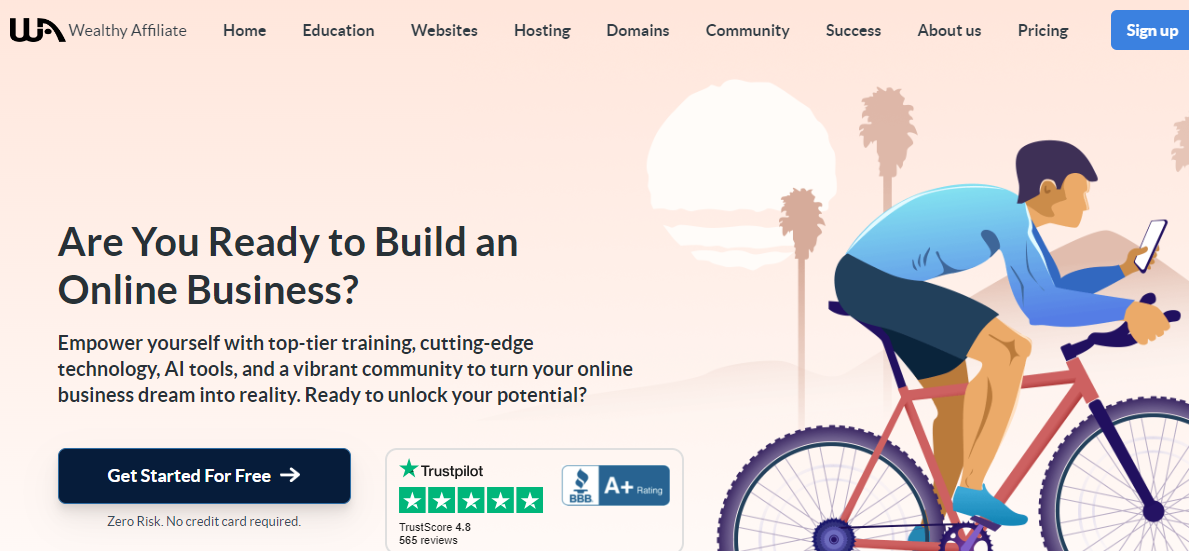
This platform is packed with resources designed to enhance your digital marketing game.
We’re talking serious schooling on all things traffic-related.
First up, the SEO training. Wealthy Affiliate’s courses guide you through ranking well and building authority with the big ‘G’—Google. Investing time here pays off down the line with rock-solid organic search traffic.
On the social media front, you’ll find tutorials that cover multiple platforms—from the familiar likes of Instagram and Facebook to up-and-comers and niche hangouts. They break down strategies to make the most out of each channel, so you don’t just fit in, you stand out.
Paid ads can feel overwhelming, but Wealthy Affiliate offers step-by-step guidance that takes the guesswork out of crafting campaigns. Learn to target the right audience and optimize for the best ROI.
One of the best parts?
Community support.
You’re not in this alone. Tap into the collective wisdom of experienced marketers who’ve been there, done that. Real-time advice and feedback are game-changers when trying out new strategies.
And let’s not overlook the success stories—tons of marketers have already diversified and thrived, crediting their growth to resources found on Wealthy Affiliate. Seeing real-world examples of what you can achieve helps map your path.
Got a plan to future-proof your business?
Understanding and utilizing diversified traffic strategies is crucial. Wealthy Affiliate could be the support system you’re looking for.
So why hesitate? Dive in, and let it be your ally in building a more resilient and successful online enterprise.
Final Thoughts: Build a Future-Proof Online Business
Let’s face it, the risks of banking on one platform are all too real.
TikTok’s whirlwind shutdown served as a stark reminder for everyone in the online biz world. It’s a bold wake-up call that relying heavily on one source isn’t just risky, it’s a gamble you can’t afford.
Your business deserves the security of diversification.
Having multiple traffic sources doesn’t merely protect against unforeseen shakeups; it opens up a world of new growth possibilities too.
Now’s the time to make moves.
Take control of your online venture. Diversify and strengthen your defensive and offensive strategies—because the market changes fast, and you don’t want to be left standing in the dust.
Curious about the how-tos?
Wealthy Affiliate has the tools and community to help you navigate these waters and come out on top. From SEO to social media and the art of paid ads, it’s about sharpening every facet of your approach.
Don’t just wait for another TikTok scenario. Or don’t be at the mercy of another Google update.
Getting ahead of the curve is key to sustaining and expanding your online footprint.
Taking action today means setting up for success tomorrow. Invest in your skills, broaden your strategy, and watch your business not only survive but thrive.
Wishing you everything of the best in your online success.
Regards and Take Care
Roopesh
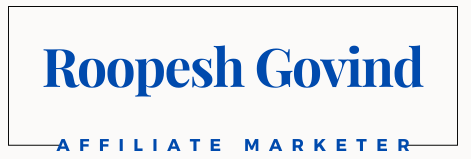
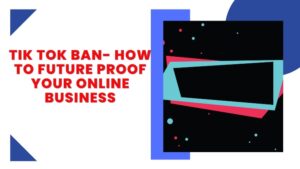
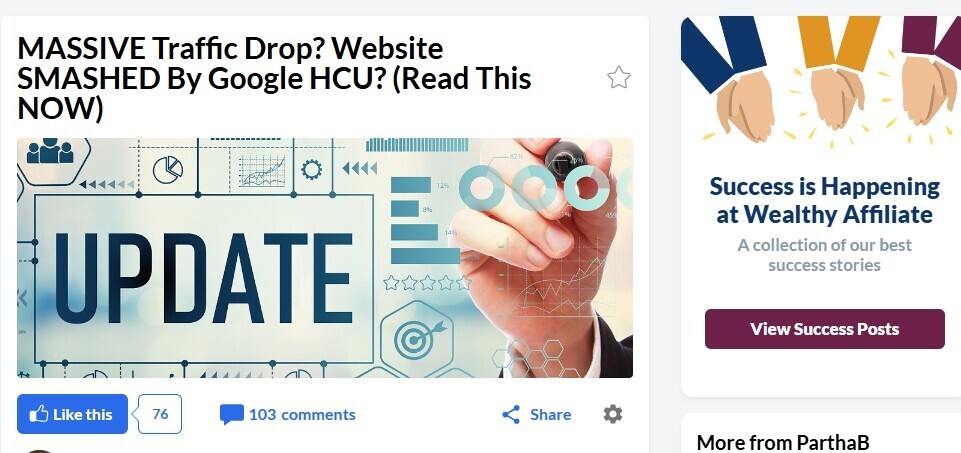
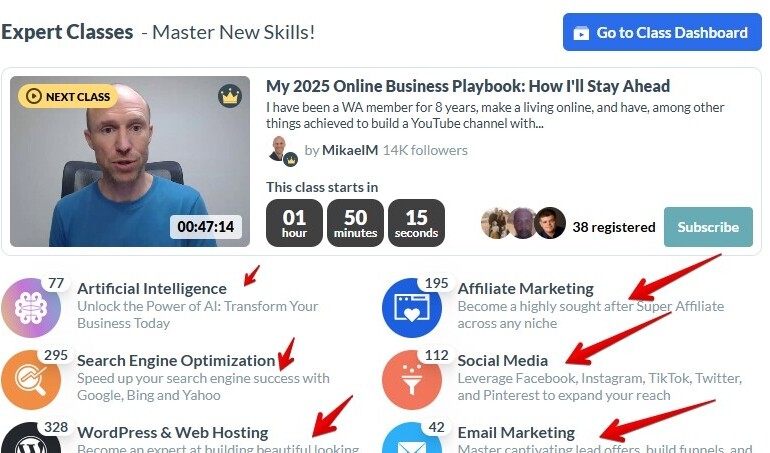
You are absolutely right. We get caught up in one specific platform, mainly because we enjoy using it, and it ends up being our main source of revenue, and then poof, its gone, just like that.
I am sure there were a lot of angry people in the US, and I know my daughter would be really angry if all her work put into TikTok suddenly disappeared. We haven’t been touched yet as we are in Africa.
This can happen so easily with any platform, and I remember during COVID-19 the Amazon platform dropped their commissions so much leaving us with less than a quarter of our earnings. The problem is I haven’t managed to find another platform that is as easy to use and so popular as Amazon, so I still use them the most.
Thank you for sharing your perspective and experience!
You’ve highlighted such an important reality about relying too heavily on a single platform—whether it’s TikTok, Amazon, or another giant in the space.
It’s a tough lesson many of us have faced, especially with Amazon’s commission cuts during COVID-19. That shift left a lot of affiliates scrambling, and it’s a reminder of how important it is to diversify income streams.
I completely understand your point about Amazon’s ease of use and popularity—it’s definitely hard to find another platform with their level of convenience and trust among consumers. However exploring alternatives, like niche-specific affiliate programs or even creating your products, might provide a bit more control and stability over time.
Out of curiosity, have you looked into affiliate programs for products or services outside of physical goods, like digital tools, memberships, or courses? Sometimes those can offer higher commissions and greater flexibility.
It sounds like you have a lot of valuable experience in the space, and I’d love to hear more about how you’re adapting to these challenges.
Thanks again for your thoughtful comment!